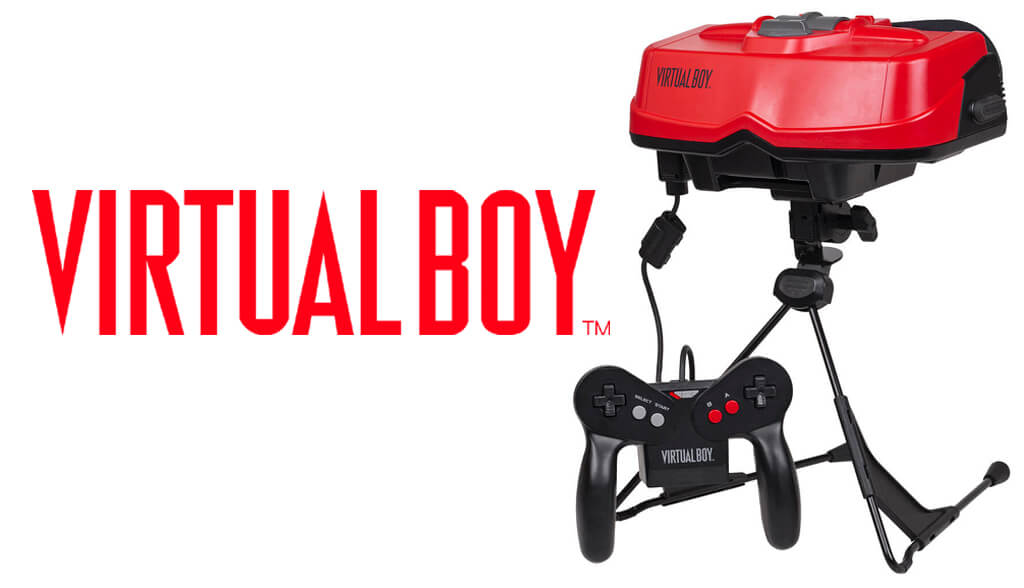Introduction
The Nintendo Virtual Boy Pro emerges as an exciting addition to the gaming landscape, promising an innovative blend of virtual reality (VR) and augmented reality (AR). As a new hardware accessory compatible with Nintendo Switch consoles, the Virtual Boy Pro aims to revolutionize how players interact with their favorite games. Unlike traditional VR headsets, which often isolate players from their surroundings, the Virtual Boy Pro takes a different approach. It superimposes gameplay over the player’s real-life environment, whether they’re at home or on the go. This unique combination of VR and AR opens up intriguing possibilities for immersive gaming experiences. Additionally, the Virtual Boy Pro features detached Joy-Con controllers, allowing players to control the action on screen while maintaining physical freedom. Whether exploring fantastical worlds or engaging in competitive battles, users can expect a fresh and dynamic gaming encounter.
Features of the Virtual Boy Pro
-
Superimposed Gameplay in Real-Life Settings
- The Virtual Boy Pro blends virtual reality with augmented reality. It overlays gameplay onto the player’s real-life environment, creating a seamless connection between digital worlds and physical spaces.
- Imagine battling virtual monsters in your living room or solving puzzles on your kitchen table while waiting for dinner. The device transforms everyday locations into magical gaming arenas.
-
Detached Joy-Con Controllers
- The Virtual Boy Pro comes equipped with detached Joy-Con controllers, similar to those found on the Nintendo Switch. These controllers allow players to interact with the game while maintaining awareness of their surroundings.
- Swing a sword, aim a blaster, or cast spells—all while standing in your own home. The Joy-Cons translate real-world movements into in-game actions, enhancing immersion.
-
Augmented Reality Gaming Experiences
- The device promises a fresh take on beloved Nintendo franchises. In Mario Kart: Open Road, players can race while operating an actual motor vehicle, merging the virtual racetrack with reality.
- Catch Pokémon in your backyard, solve puzzles in your local park, or decorate virtual homes within your living room. The Virtual Boy Pro encourages exploration and creativity.
-
Comfort and Ergonomics
- Nintendo prioritizes comfort and wearability. The headset design ensures a snug fit without causing discomfort during extended play sessions.
- Adjustable straps, lightweight materials, and well-placed padding contribute to an enjoyable gaming experience.
-
Compatibility and Game Library
- The Virtual Boy Pro seamlessly integrates with existing Nintendo Switch consoles. Dock it, and you’re ready to explore new dimensions.
- While launch titles are yet to be announced, rumors suggest iconic franchises like The Legend of Zelda, Metroid, and Animal Crossing will receive Virtual Boy Pro adaptations.
Nostalgia and History
-
Origins and Development
- The Virtual Boy, released in 1995, was a 32-bit tabletop portable video game console developed and manufactured by Nintendo. It was marketed as the first console capable of displaying stereoscopic “3D” graphics.
- Development began under the project name VR32. Nintendo entered a licensing agreement with Reflection Technology, Inc. (RTI), which had developed a red LED eyepiece display technology called Scanned Linear Array. RTI’s technology used a single line of red LEDs and a vibrating mirror to create the illusion of a larger display.
- The console technology was downscaled due to high costs and potential health concerns. Nintendo also reallocated resources to the development of the Nintendo 64.
- Lead game designer Shigeru Miyamoto had little involvement with the Virtual Boy software.
-
The Virtual Boy Experience
- The Virtual Boy was not true virtual reality (VR). It resembled a beefed-up Game Boy with a stereoscopic display. Players placed their heads against the eyepiece to see a red monochrome display.
- Unlike modern VR headsets, there was no strap-on headset, motion tracking, or hand-movement capture. It was semi-portable, battery-powered, and used 2D sprites with 3D layering tricks.
- Donkey Kong was one of its successful games, introducing the iconic mustachioed plumber, Mario.
-
Commercial Failure and Legacy
- The Virtual Boy was panned by critics and commercially unsuccessful, even after price drops.
- Reasons for its failure included high price, dark display (only red and black), unimpressive stereoscopic effect, poor ergonomics, lack of true portability, and health concerns (headaches, dizziness, nausea, and eye pain).
- Despite this, stereoscopic technology reemerged successfully in later years, including in Nintendo’s 3DS handheld console.
The Virtual Boy remains a curious chapter in gaming history—a blend of ambition, innovation, and limitations.
Conclusion
-
The Future Beckons
- The Virtual Boy Pro stands at the intersection of nostalgia and innovation. Its promise lies in merging VR and AR seamlessly.
- Racing through real streets in Mario Kart, battling foes in backyards, and decorating virtual homes—these experiences await players.
-
A New Dimension of Play
- Beyond screens and controllers, the Virtual Boy Pro invites us to explore our world. Wield a sword in the park, catch Pokémon at the café, and blur the lines between imagination and reality.
-
Challenges and Excitement
- The legacy of the original Virtual Boy reminds us that innovation comes with risks. Health concerns, ergonomics, and pricing must be addressed.
- Yet, the thrill of uncharted gaming territories keeps players eagerly awaiting the Virtual Boy Pro’s arrival.
In summary, the Nintendo Virtual Boy Pro is poised to redefine how we play, bridging the gap between imagination and reality.
Check out more articles!








